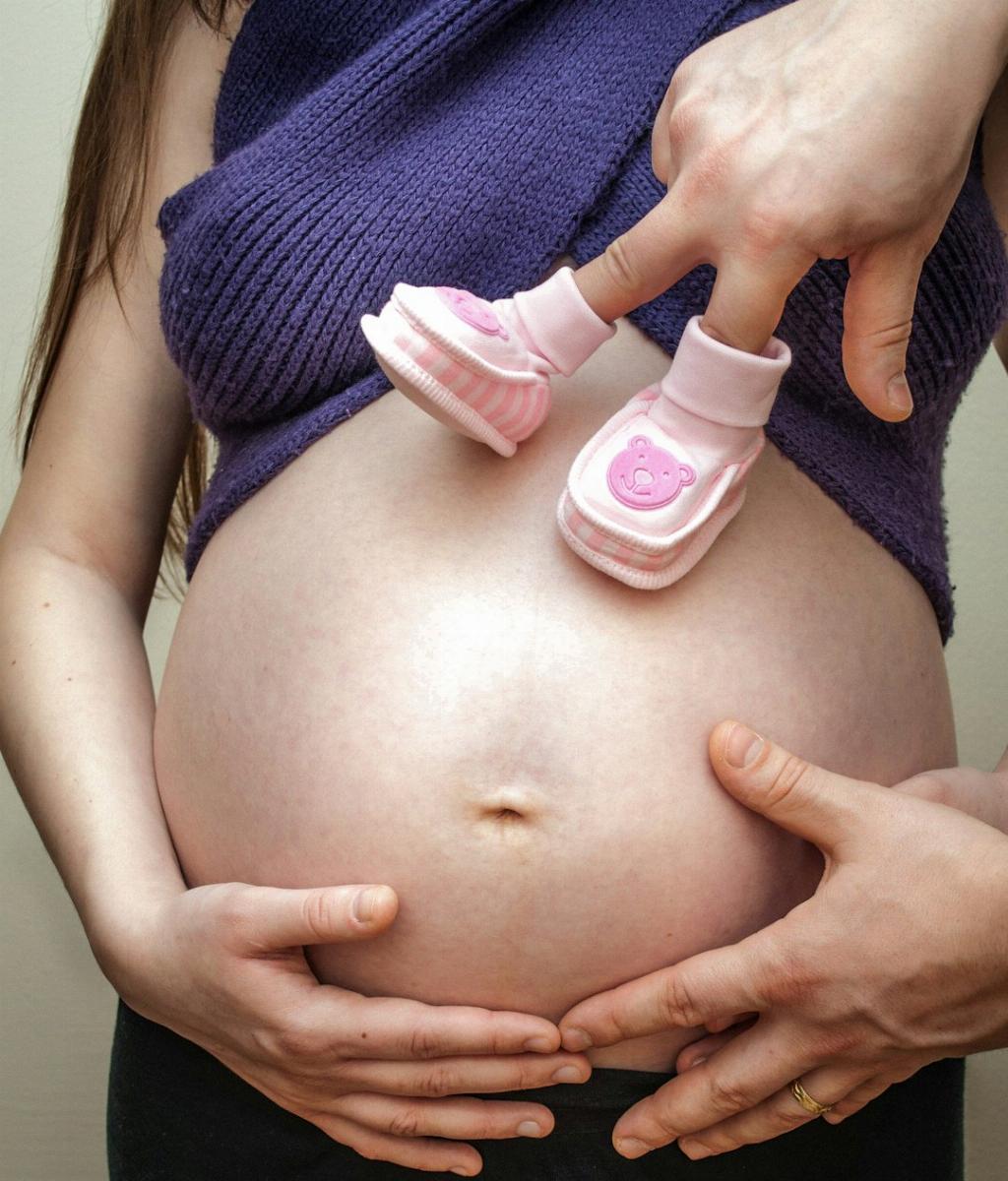When considering the success rate of Intrauterine Insemination (IUI) after 3 attempts, it’s essential to delve into the statistical probabilities and factors that can influence the outcome of the procedure. As each cycle of IUI typically has an average success rate of 10-20% for women under 35 years old, the cumulative chances of conceiving increase with multiple attempts.
After the first attempt at IUI, the likelihood of pregnancy may be around 10-20%, which means that there’s a possibility of not achieving pregnancy in the initial cycles. However, as the number of attempts increases, so do the odds of success. By the time you reach the third IUI cycle, your chances of conceiving may rise to approximately 30-60%, reflecting the impact of repeated efforts on fertility outcomes.
It’s important to note that the success rate of IUI after 3 attempts can vary depending on various factors, including the age of the individual undergoing the procedure. Younger women generally have higher success rates due to better overall fertility health compared to older individuals. Factors such as sperm quality, reproductive health issues, and overall health can also influence the success of IUI.
Moreover, the cause of infertility plays a crucial role in determining the effectiveness of IUI. For individuals with specific infertility issues that can be addressed through IUI, such as mild male factor infertility or cervical factor infertility, the success rates after multiple attempts may be higher compared to cases where more complex fertility issues are involved.
Patients are often advised to undergo multiple cycles of IUI to improve their chances of pregnancy, as the procedure can sometimes take more than one attempt to achieve a successful outcome. By undergoing 3 cycles of IUI, individuals give themselves a better opportunity to capitalize on the incremental increase in success rates that come with each subsequent attempt.
When discussing the success rate of IUI after 3 attempts with your healthcare provider, it’s crucial to consider your individual circumstances, medical history, and any underlying fertility issues that may impact the outcomes. They can provide personalized insights and recommendations based on your specific situation to optimize your chances of conceiving through IUI.
Ultimately, while the success rate of IUI after 3 attempts can provide a general indication of the likelihood of pregnancy, it’s essential to approach each cycle with optimism and a proactive mindset. Persistence and determination can play a significant role in achieving your fertility goals, and being informed about the process can empower you to make informed decisions throughout your fertility journey.
In conclusion, the success rate of IUI after 3 attempts showcases the incremental nature of fertility treatments and the potential for improved outcomes with each cycle. By understanding the factors that influence the effectiveness of IUI and working closely with your healthcare team, you can maximize your chances of achieving a successful pregnancy through this assisted reproductive technique.

